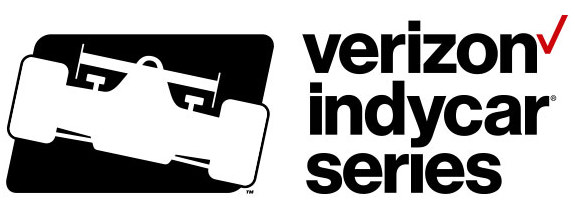2016 Verizon IndyCar Series Rulebook Updates
 Refinements to the 2016 Verizon IndyCar Series rulebook, distributed to teams and suppliers Dec. 19, clarify procedures established by INDYCAR in the past two seasons and highlight ongoing efforts to improve the overall fan experience in the upcoming season. Areas of interest in the rulebook include the following:
Refinements to the 2016 Verizon IndyCar Series rulebook, distributed to teams and suppliers Dec. 19, clarify procedures established by INDYCAR in the past two seasons and highlight ongoing efforts to improve the overall fan experience in the upcoming season. Areas of interest in the rulebook include the following:
Aero Kits
- INDYCAR has established in the rulebook the aerodynamic bodywork parameters for each of the five ovals on the 2016 Verizon IndyCar Series schedule. The aero specifications for each oval include:
- Phoenix International Raceway, which will see a 2016 return of Indy car racing for the first time in 11 years, will run the same aero configuration as used at Iowa Speedway in 2015.
- Indianapolis Motor Speedway and Pocono Raceway will run the same aero configuration as in 2015, with the addition of rear wheel guard infills that were implemented at Texas Motor Speedway in 2015, as well as a domed skid plate underneath the car and rear wing beam flaps. The skid plate and beam flaps were announced Nov. 24 as part of INDYCAR's continuously evolving safety enhancements.
- Texas Motor Speedway's aero configuration, which included the rear wheel guard infills in 2015, will add the domed skid plate and rear wing beam flaps in 2016, plus see a slight increase in available downforce.
- Iowa Speedway will see a slight reduction in available downforce due to a reduction in rear wing angle.
Indianapolis 500 Qualifying
- Under the updated regulations, the provisional field of 33 cars for the 100th Running of the Indianapolis 500 will be set on the first day of qualifications at the Indianapolis Motor Speedway oval on May 21, 2016. This means that any traditional "bumping" of cars from the field of 33 will take place on the first day of qualifying.
- Procedures for the second day of 2016 qualifying, scheduled for May 22, will see race starting positions among the 33 provisional qualifiers finalized.
Awarded Points
- Race finish points awarded for the 2016 Indianapolis 500 and the season finale at Sonoma Raceway will again be worth double the normal race finish points, with first place at Indianapolis and Sonoma netting 100 driver and entrant championship points, second place 80 points and down to 10 points for 33rd finishing position.
- Allocation of championship points for Indianapolis 500 qualifying will be awarded based on final-day qualifying, with the Verizon P1 Award pole winner receiving 42 points, second fastest earning 40 and descending to the 33rd-fastest qualifier getting one point.
Other Updates
- The Indianapolis 500 rookie orientation test has changed its three phases for new drivers to be approved for competition. The phases for 2016 are: 10 laps at 210-215 mph, followed by 15 laps at 215-220 mph and 15 laps at 220-plus mph. Each phase sees an increase of 5 mph from 2015.
- Turbocharger boost pressure for the Chevrolet and Honda twin-turbocharged, 2.2-liter V-6 engines when push-to-pass overtake assist is engaged on road and street courses will increase from 160 to 165 kilopascals (kPa), yielding approximately 20 added horsepower. INDYCAR announced this change Dec. 15.
- Both engine manufacturers will use a uniform Sunoco E85R fuel in 2016, with the removal of an additive (HiTEC 6590) previously allowed for Chevrolet.
- The minimum car weight has been increased to accommodate for safety enhancements including the Suspension Wheel/Wing Energy Management System (SWEMS) additional bodywork component tethers announced Nov. 24. The car weights will increase 10 pounds to 1,610 pounds on road and street courses and short ovals, and to 1,580 pounds on superspeedways.
- The pit speed limit at all ovals will be 50 mph, another safety initiative. In 2015, the limit on superspeedways was 60 mph.
- A rules clarification stipulates that all cars using the Honda aero kit must include the chassis center line wicker. Cars using the Chevrolet or stock Dallara aero kit may not include the chassis center line wicker.
• During race weekends that include a promoter test day, teams are permitted to carry over one used set of tires from the promoter day to the next practice session of the weekend, but must return the set after that session.
